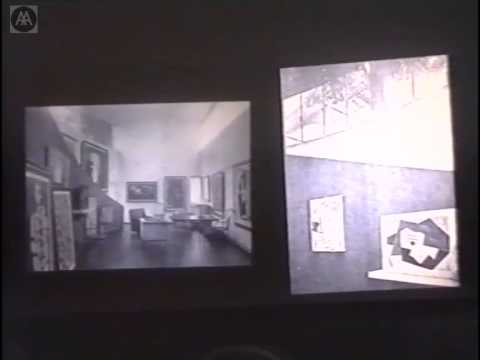
Lecture date: 1994-02-05
Beatriz Colomina draws on the experience of researching and writing her influential book Privacy and Publicity to raise questions about the relationships between architectural history and the archive. In her book, Colomina uses a series of close readings of two major figures of the modern movement – Adolf Loos and Le Corbusier – to argue that architecture only becomes modern in its engagement with the mass media, and that in so doing it radically displaces the traditional sense of space and subjectivity. Where conventional criticism portrays modern architecture as a high artistic practice in opposition to mass culture, Colomina sees the emerging systems of communication that have come to define twentieth-century culture the mass medias the true site within which modern architecture was produced. This does not mean abandoning the architectural object, the building, but rather looking at it in a different way. The building is understood here in the same way as all the media that frame it, as a mechanism of representation in its own right. With modernity, the site of architectural production literally moved from the street into photographs, films, publications, and exhibitions a displacement that presupposes a new sense of space, one defined by images rather than walls. This age of publicity corresponds to a transformation in the status of the private: modernity is actually the publicity of the private. Beatriz Colomina is Professor of Architecture and Founding Director of the Program in Media and Modernity at Princeton University.